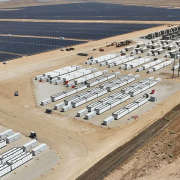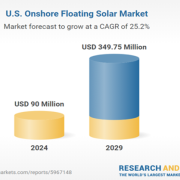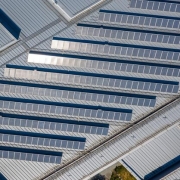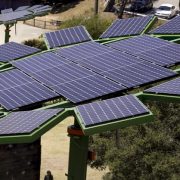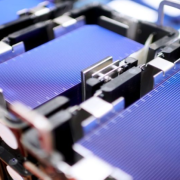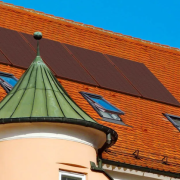If the global healthcare industry was a country, it would be the world’s fifth-largest emitter of greenhouse gas.
As lawmaking bodies and other various entities continue to reckon with the daunting future of climate change, laws like the Inflation Reduction Act, passed in 2022, have emerged to financially incentivize large companies like health systems for relying more on renewable energy sources such as solar and wind. As a result, health systems are launching sustainability projects to both reduce their carbon footprint as well as save money in the long run.
Many health systems are in a precarious financial condition, a reality only reinforced by news breaking this week that Texas-based Steward Health Care has filed for bankruptcy and is selling all 31 of its hospitals. Not surprisingly, many hospitals are still desperate to offset their expenses in any way they can — and healthcare sustainability experts think that renewable energy projects are a key way to do so.
Click here to read the full article
Source: MedCity News
—
If you have any questions or thoughts about the topic, feel free to contact us here or leave a comment below.




